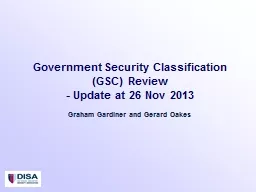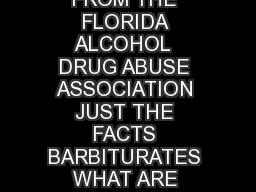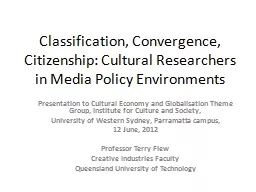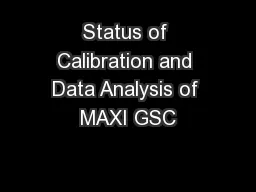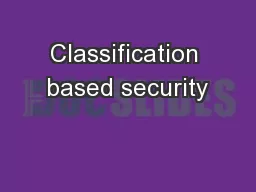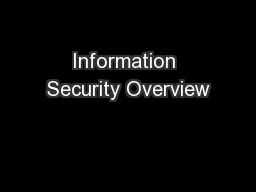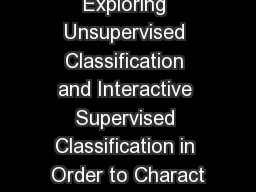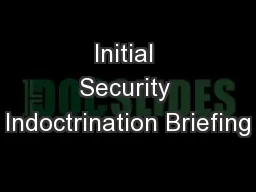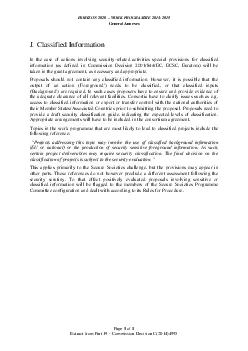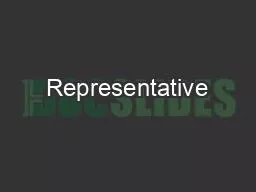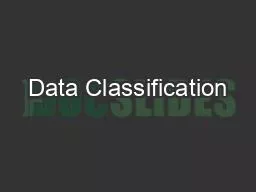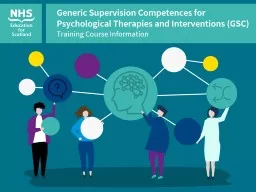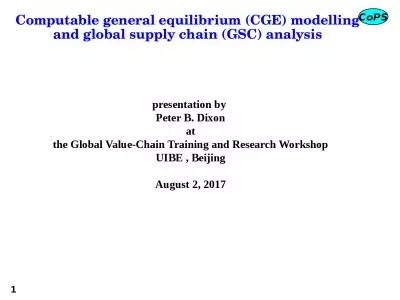PPT-Government Security Classification (GSC) Review
Author : giovanna-bartolotta | Published Date : 2020-04-06
Update at 26 Nov 2013 Graham Gardiner and Gerard Oakes Recap New GSC Policy issued to Government departments in Dec 12 Minister for Cabinet Office Francis Maude
Presentation Embed Code
Download Presentation
Download Presentation The PPT/PDF document " Government Security Classification (GSC..." is the property of its rightful owner. Permission is granted to download and print the materials on this website for personal, non-commercial use only, and to display it on your personal computer provided you do not modify the materials and that you retain all copyright notices contained in the materials. By downloading content from our website, you accept the terms of this agreement.
Government Security Classification (GSC) Review: Transcript
Download Rules Of Document
" Government Security Classification (GSC) Review"The content belongs to its owner. You may download and print it for personal use, without modification, and keep all copyright notices. By downloading, you agree to these terms.
Related Documents

